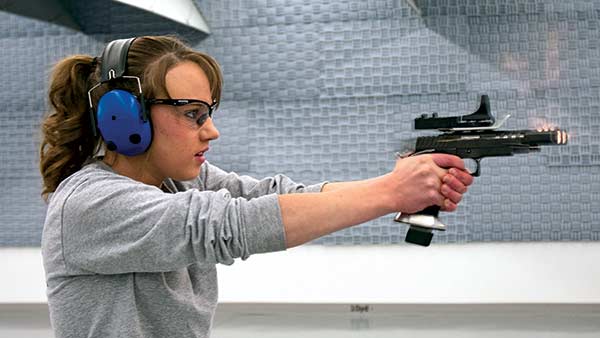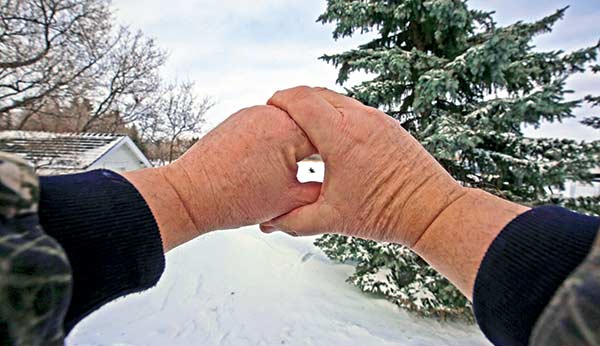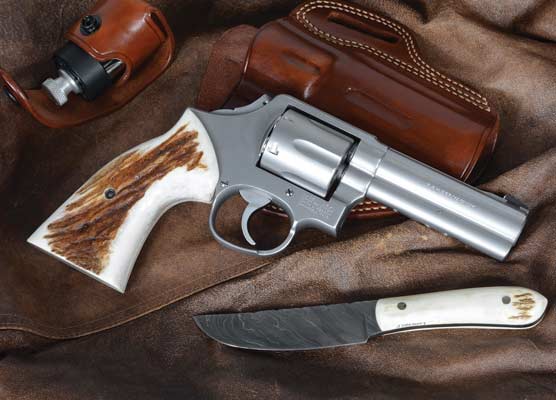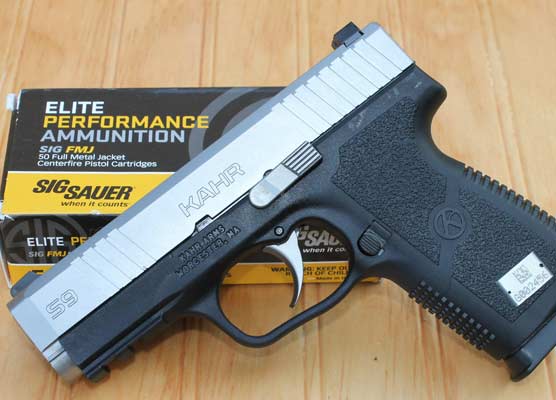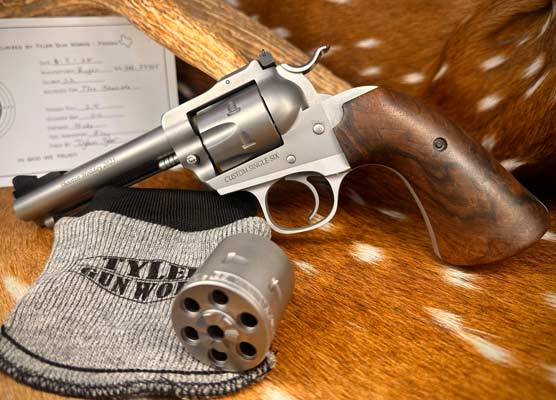Dominating Eyes
A very small minority of people are naturally ambidextrous. To some extent ambidexterity can be developed through disciplined training. Most people can learn to be reasonably dexterous with the non-dominant hand, though it may take considerable time and effort. I don’t know of any scientific studies into the effect of right/left dominance on shooting ability. From what I’ve read, and observed among top shooters, hand dominance makes little difference in shooting ability.
But what does make a difference is right- or left-hand dominance in combination with right- or left-eye dominance. Ideally, hand dominance and eye dominance should be the same. Matching hand/eye dominance makes it easier to shoot with both eyes open, which most top competitive shooters prefer.
In shooting moving targets we want both eyes open so binocular vision can track the speed and angle of the target. Try having someone lob a few balls in the air for you to catch, first with both eyes open, then with one eye covered and you’ll appreciate the difference.
An Easy Test
To see which eye is dominant, a simple test is to extend both arms in front of you and cross the hands, making a small opening framed by thumbs and forefinger. Sight an object through the opening, then alternately close one eye at a time. The dominant eye is the one in which the object remains centered in the circle. This works but doesn’t show the degree of dominance. Some anecdotal evidence indicates adult males are most likely to have strong dominance in one eye, while women and boys are more likely to have only mild eye dominance.
Some shooting coaches, especially those in shotgun sports, believe strong eye dominance is primarily a factor with adult males. Moreover, the dominance tends to decrease with age. Some coaches believe eye dominance is partially an acquired preference and gets stronger with training.
In coaching a new shooter, evaluate eye dominance before prescribing a cure. Have them face you squarely from about 4-5 yards, keeping both eyes open. Have them extend a hand and aim the tip of the index finger at one of your eyes (specify which one). See which of their eyes is being used to aim. Have them aim deliberately and carefully a few times, then bring the hand up and aim as quickly as they can. Repeat the process using the other hand.
What you want to know is not just which eye is dominant, but a sense of the level of dominance. If the aim is quick, positive and confident every time, fast or slow, with either hand, always using (for example) the right eye, it’s likely the person has strong right-eye dominance.
What you may see are subjects whose aiming seems hesitant, moving from one eye to the other, possibly squinting one eye before finally settling on an aiming eye. They may find it difficult to aim quickly. You may even find, when having them bring the hand close to the face, instead of aligning with one eye the pointing fingertip aligns somewhere between the eyes. All these suggest either mild eye dominance, or none at all. Don’t be in a rush to diagnose.
Remedies
If there’s strong eye dominance matching the shooter’s “handedness” there should be no problem learning to shoot with both eyes open. Righ-eye/right-hand or left-eye/left-hand shooting works just fine.
What about the shooter who is (for example) right handed but with only mild right-eye dominance? Slightly degrading the image to the left eye may make it easier for the right eye to take over the aiming. A piece of transparent tape on the lens of the shooting glasses may be enough. This should be followed by a lot of dry fire to develop a more dominant right eye (and improve trigger control at the same time!).
For a shooter who is, for example, right-handed and strongly left-eye dominant, or cross dominant, we handgunners have an option long gun shooters don’t have. We can shoot the gun with our right hand, and by a combination of moving the hands a bit left and tilting the head a bit right, use the left eye to aim.
While I’ll cheerfully shoot handguns or rifles against anybody, I’m grade-school level at wingshooting. One eye or two? A friend once said to me, “You could probably try both eyes closed and not see much difference.”

